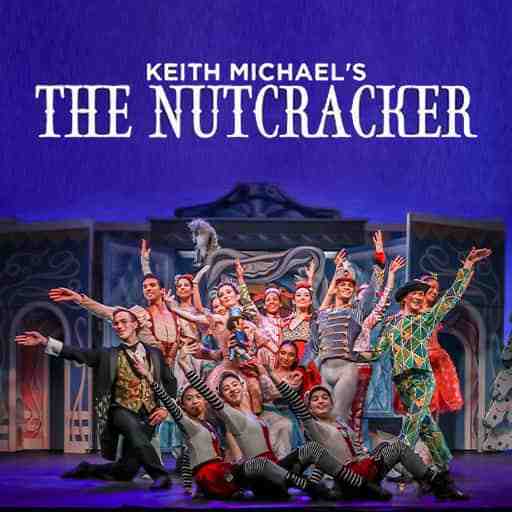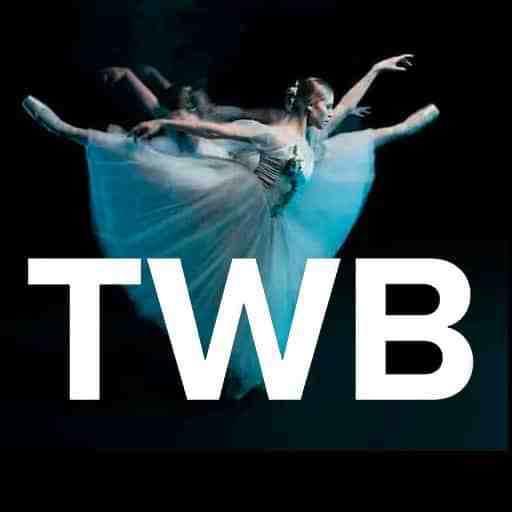Ballet adaptations of Shakespeare’s “Hamlet” are less standardized than those of works like “Swan Lake” or “The Nutcracker,” leading to a variety of interpretations by different choreographers and companies. Unlike these more traditional ballets, there isn’t a single “Hamlet” production that stands out as the most prevalent or universally adopted. However, several notable ballet companies and choreographers have created their own versions, each bringing unique perspectives to the story. Some of these include:
The Royal Danish Ballet: The Royal Danish Ballet is known for its strong storytelling tradition and has presented various adaptations of “Hamlet” over the years. Given Denmark’s connection to the story of Hamlet, their productions often emphasize dramatic narrative and character exploration.
The Royal Ballet (London): The Royal Ballet has staged “Hamlet” adaptations, including those by choreographers like Kenneth MacMillan. These productions are typically characterized by their dramatic intensity and the depth of psychological exploration in the portrayal of characters.
American Ballet Theatre (ABT): ABT has also explored “Hamlet” through ballet, offering productions that highlight the company’s strengths in conveying complex narratives and emotional depth through dance.
The Hamburg Ballet: Choreographed by John Neumeier, the Hamburg Ballet’s “Hamlet” is one of the more renowned contemporary adaptations. Neumeier is known for his narrative ballets, and his version of “Hamlet” is praised for its innovative approach to storytelling, character development, and emotional depth.
The National Ballet of Canada: The National Ballet of Canada has presented a version of “Hamlet” choreographed by Kevin O’Day. This production is noted for its modern approach and has been well-received for its interpretive choreography and conceptual depth.
Each of these companies and choreographers brings a distinct vision to “Hamlet,” exploring the themes, characters, and narratives of Shakespeare’s play through the medium of ballet. The prevalence of a particular “Hamlet” production can vary regionally and is often influenced by the artistic direction of the companies and the vision of the choreographers involved.



















